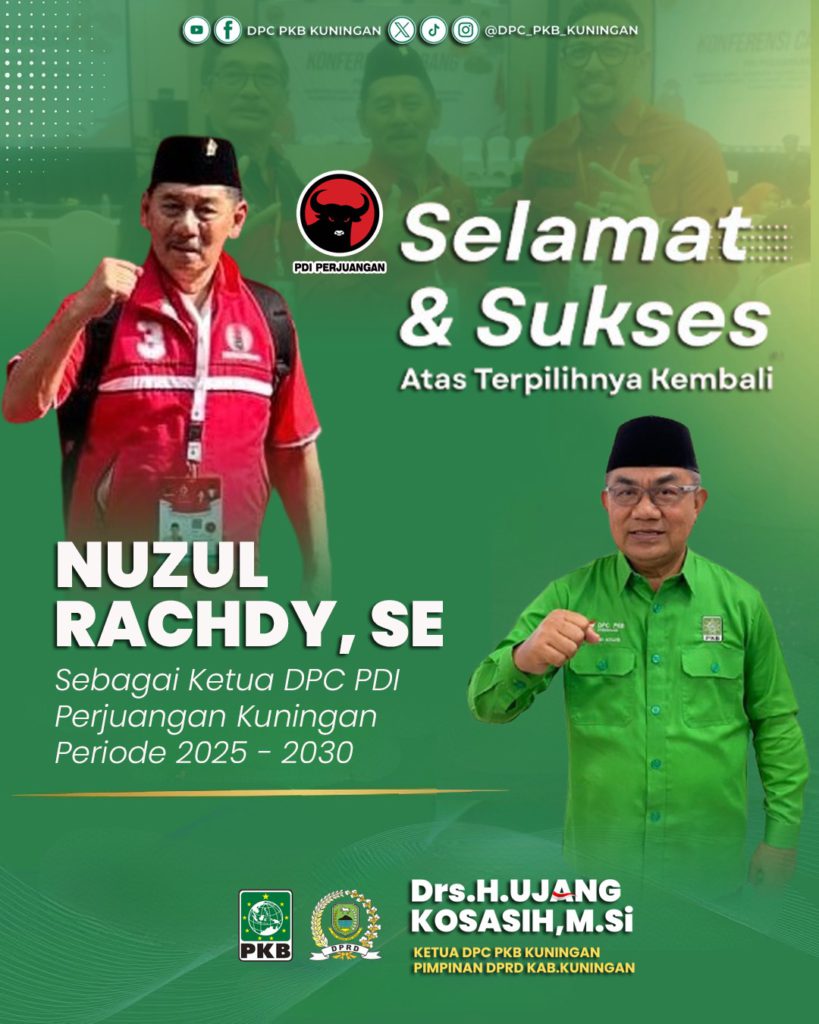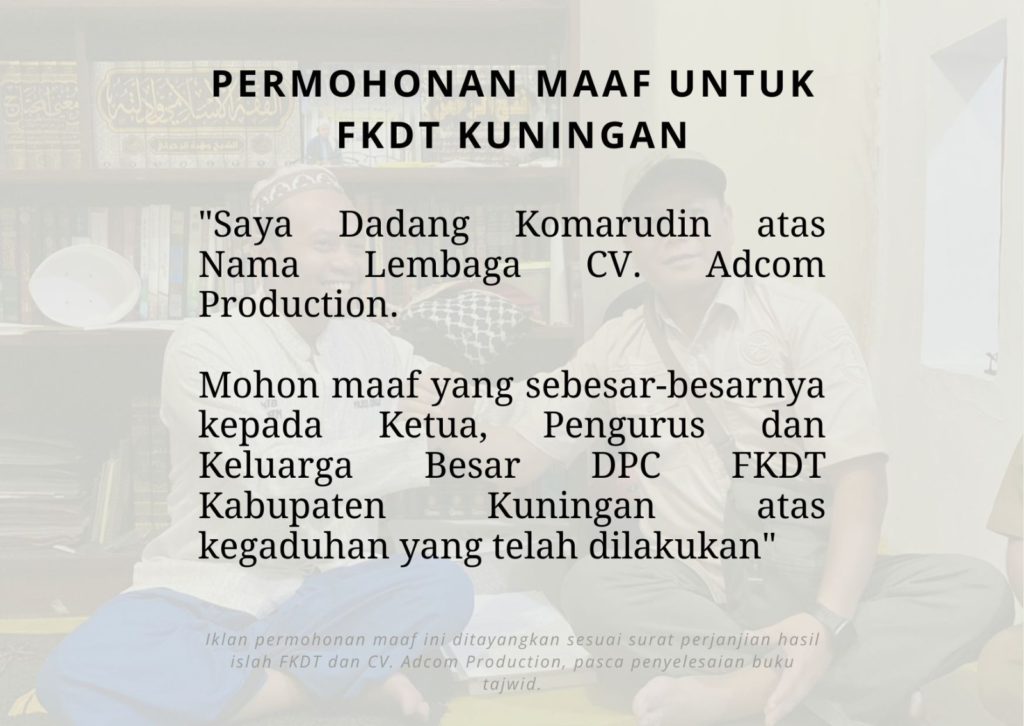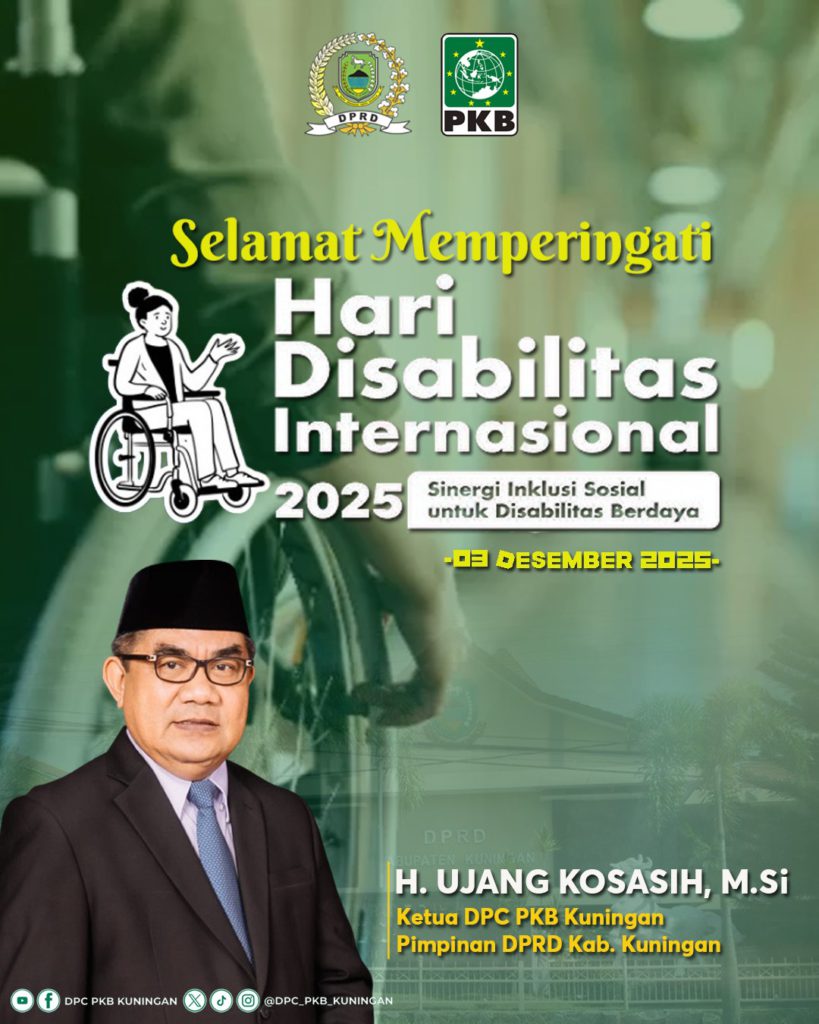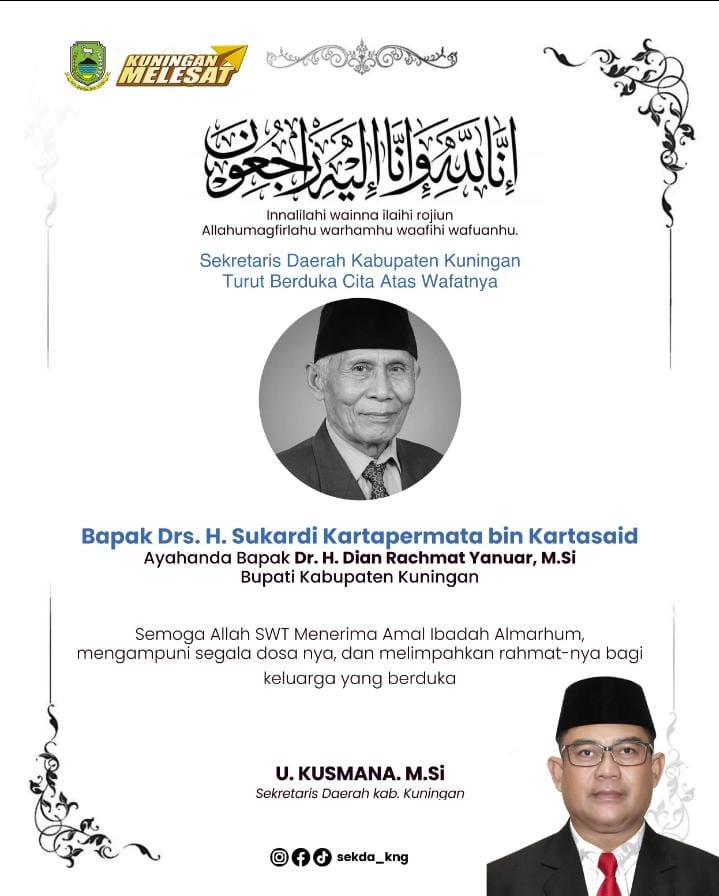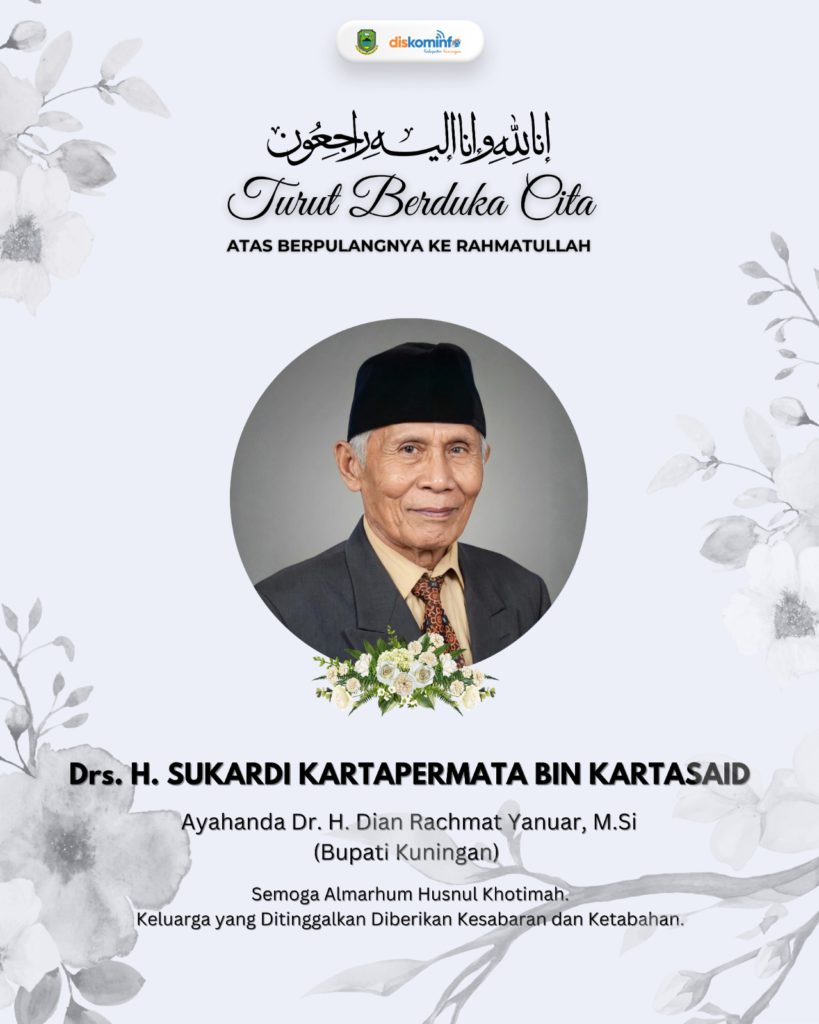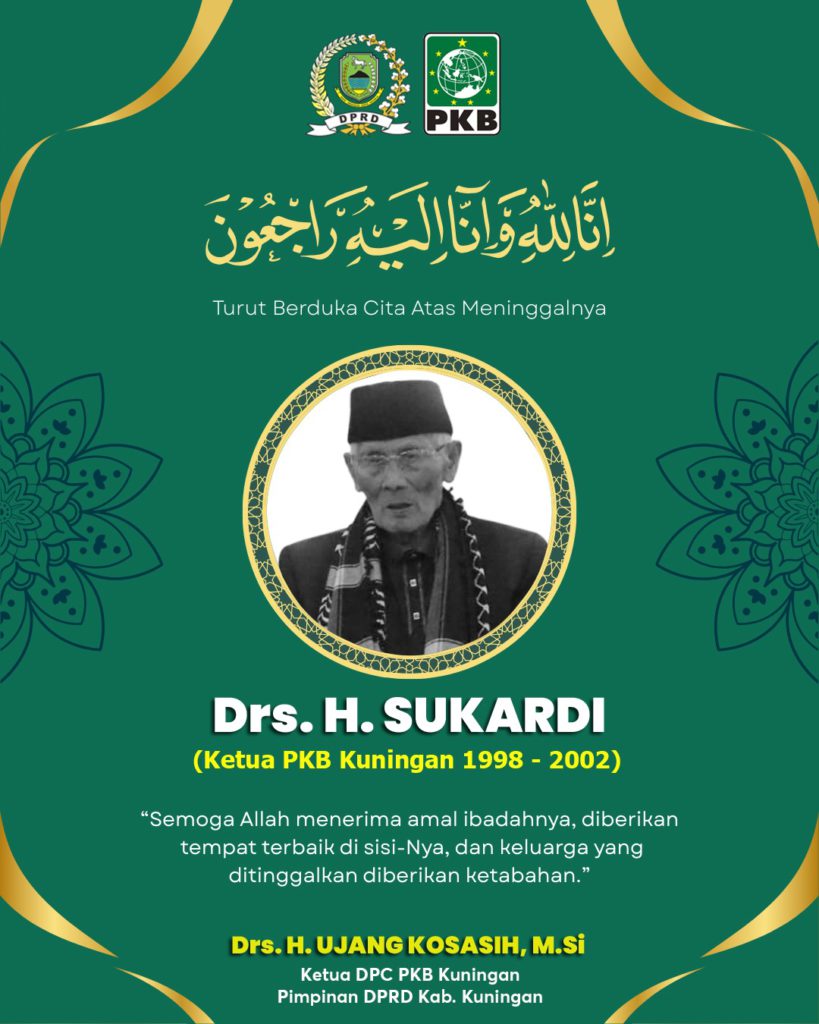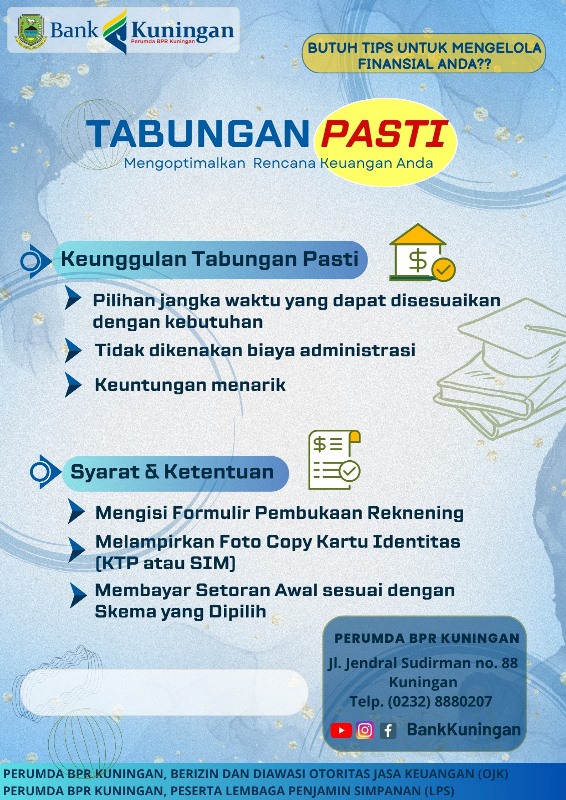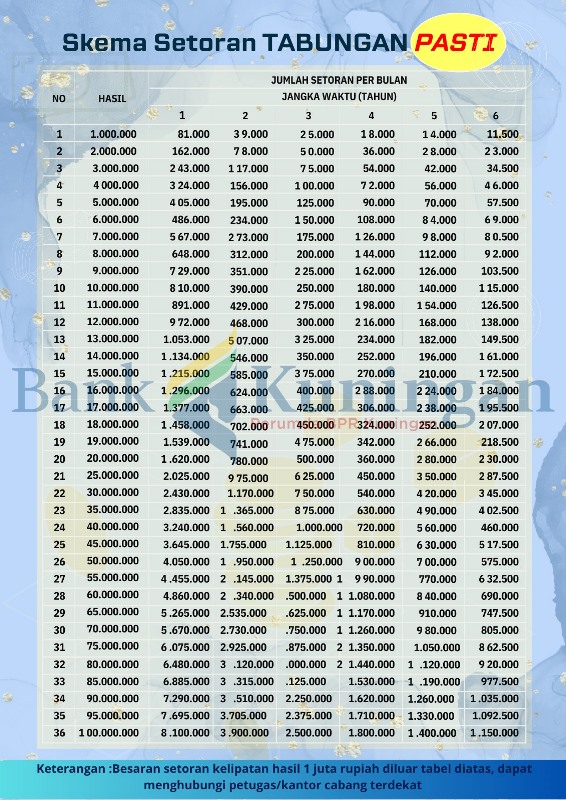KUNINGAN (MASS) – One of the essential parts in acquiring a foreign language is vocabulary. Without knowing vocabulary, students cannot master four language skills. In teaching vocabulary, a kind of real feeling of need to learn words must be created for students. Students see the words, read them, and memorize them after class, should also be attached to indicate the meaning of the terms and apply them to genuine conversation. This means that teaching must be focused on the needs of students.
There are various media that can be utilized for lessons in vocabulary from the past to the present. In the past, teachers usually used short texts in teaching vocabulary, followed by using pictures as a teaching medium. But lately, when human life is increasingly familiar with the internet, nowadays blogs can be one of the suitable teaching media that is interesting and innovative in teaching vocabulary. According to the explanation above, this article reviews these teaching media (short texts, pictures, and blogs) and shows which media are the most suitable that can be used in the current vocabulary teaching process.
Short Text
Short texts are one of the media in vocabulary teaching with the genre involved. (Willis 1998, 67) explains that “a text in the general sense means a continuous piece of spoken or written language. Text in this sense is printed text.” It means that the text is in the form of a printed publication or printed paper. The use of short texts is used to find out the study of lexical and grammar. As (Thornbury 2003) states that because they can be the focus of in-depth grammatical and lexical study without taxing students’ attention or memory, as lengthier texts can, short texts are perfect for education. In carrying out the teaching and learning process, short texts can be used so that they are easy for students to understand. (Thornbury 2003) says that “traditionally, vocabulary was provided in the form of lists to students. The current trend is to impart vocabulary through text.” This argument may suggest that when using short texts for vocabulary-building purposes, texts – spoken or written – have great advantages over learning words from lists.
There are several types of short texts that can be used during the teaching and learning process, such as folklore, poetry, messages, etc. This kind of short text can be taught to students, especially for junior high school students, but it is not interesting if it is taught to elementary school students. In this teaching, students should know and understand about words, phrases and sentences, so that they use a dictionary to recognize and know their meaning. (Thornbury 2003) argues that the possibility for learning vocabulary is great in short writings, even literary literature.
In this view, short texts present words in a free organization and also in a way that is typical of their type of text. In addition, most of their coherence corresponds to their lexical patterns. Putting together such a compilation of texts and enticing students to locate their own texts may offer beneficial resources for learners at any level. Many facts have proven the role of short texts in vocabulary teaching in mastering students’ vocabulary. This short text media can be used appropriately for students according to their age and level.
Picture
Unlike short text media, images can be appropriate for all learners in teaching vocabulary. (Wright 1989, 29) states that “image is not just an aspect of the method but through the representation of places, objects, and people, it is an essential part of the whole experience.” From the definition of the image above, it indicates that the image has exchanged and represented a real object into a simple device that has displayed a series of places, objects, people, or even experiences. (Gerlach and Elly 1980, 273) further states that “through images, students can see people, places, and objects from an area because beyond their own images they can also represent images from ancient times or depict the future.” This means that the image represents time to time.
The type and number of images that teachers should bring to carry out classroom activities can be taken from magazines, articles, or others and should be interactive and engaging to attract students’ attention. The purpose of using images for students is to give them the opportunity to practice language in a real context or in situations where they can communicate their ideas. The use of images is more efficient and more effective than short texts to develop motivation in generating a positive attitude towards the United Kingdom language, especially for beginner learners. By using images, students are given the opportunity to practice language in real contexts or in situations where they can communicate their ideas. The use of pictures is more effective and practiced than words because students have an easier time remembering or remembering vocabulary.
In fact, images can help students to imagine actual objects. In short, the concept of a picture is an experience shared by many people because of their matching ability that allows them to match words with images. It is worth mentioning that images as mental representations of the mind can influence learning better. Images are used in the classroom as a teaching device and can be found to provide practice in most skills and components and in most stages of teaching. Images can motivate students and make them want to pay attention and want to take part in the teaching and learning process. The images used in the teaching and learning process help students understand the material because they not only pay attention to the pictures but also the material. Images as a teaching medium help students in improving their vocabulary mastery. As a technological development, there is a media discovery in teaching that will be interesting and innovative for all levels of students.
Blog
The new media of blogs in the teaching and learning process contributes and benefits to students. (Galien and Bowcher 2010) states “blogs are fairly new tools for written communication and interaction and appear in many different languages.” At this point, blogs as a teaching medium can be interactive and communicative for students in the teaching and learning process. A blog is a website that usually contains a personal journal that can be accessed by everyone online. Teachers have taken the creative use of this Internet technology and put blogs to work in the classroom. (Mynard 2007) states “foreign language students need to leverage previously learned language to write blog posts, which means that they are very likely to reflect on their understanding of the language as they compile their log entries.” This means that blogs work well for students because they can be done anytime, anywhere with an Internet-enabled computer. (Felix 2007) states “four patterns of communication that Teachers note that blogging has resulted in: (1) more student-peer engagement; (2) improved student-teacher contact; (3) students displaying more positive feelings around learning; and (4) enhanced idea sharing between students and teachers.” This means that using a blog can be more interesting and interactive in the teaching and learning process. Blogs can have text, images, animations, videos, or other types of visual graphic design related to a particular topic, so it will be more interesting and effective for teaching. In the teaching and learning process, students have enough time to read and process the material, post their responses, see what other students have written, ask questions, etc. In using blogs as teaching media, both text and images are provided on the blog display to make it easier to understand the material.
There are several reasons why blogs are considered more appropriate for teaching vocabulary than text and short images. First, it provides both text and images, so it will be a more interesting and interactive teaching medium. Second, this media can be viewed repeatedly because it provides easily accessible media. In short, teachers are the key to the teaching and learning process’s success who have a big role in choosing the right and appropriate media based on the level, age, and background of students in the teaching process so that teaching goals can be achieved.
In conclusion, teaching media can be done in several ways, which should probably make the material easy to understand because development technology uses blogs in the teaching and learning process. Blog media can be used by teachers today to teach vocabulary in improving students’ vocabulary mastery as basic knowledge in mastering other language skills.
References
Felix, J. 2007. Edublogging: Instruction for the Digital Age Learner. https://escholarship.org/uc/item/45t670px
Galien, Wendy L. 2010. Using blog in ESL/EFL teaching and teacher-training. Asian EFL Journal. Professional Teaching Articles, no. 42 (February). http://www.asian-efl-journal.com/pta-February-2010.pdf
Mynard, J. 2007. A blog as a tool for reflection for English language learners. Asian EFL Journal. Professional Teaching Articles, (November) http://www.asian-efl-journal.com/pta_Nov_07_jm.php
Gerlach, S Vernon, and Donald P. Elly. 1980. Teaching and media a systematic approach. 2nd ed.New Jersey: Prentice Hall.
Thornbury, Scott. 2003. Teaching vocabulary using short texts 1. Asian EFL Journal. Professional Teaching Articles, (December) http://www.asian-efl-journal.com/dec_03_sub.sta.php
Willis, Jane. 1998. A framework for text-based learning. Oxford: Longman.
Wright, Andrew. 1989. Picture for language learning: Cambridge handbook for language teacher. USA: Cambridge University Press.
Penulis: Jajat Imanudin, Dosen Unisa Kuningan



